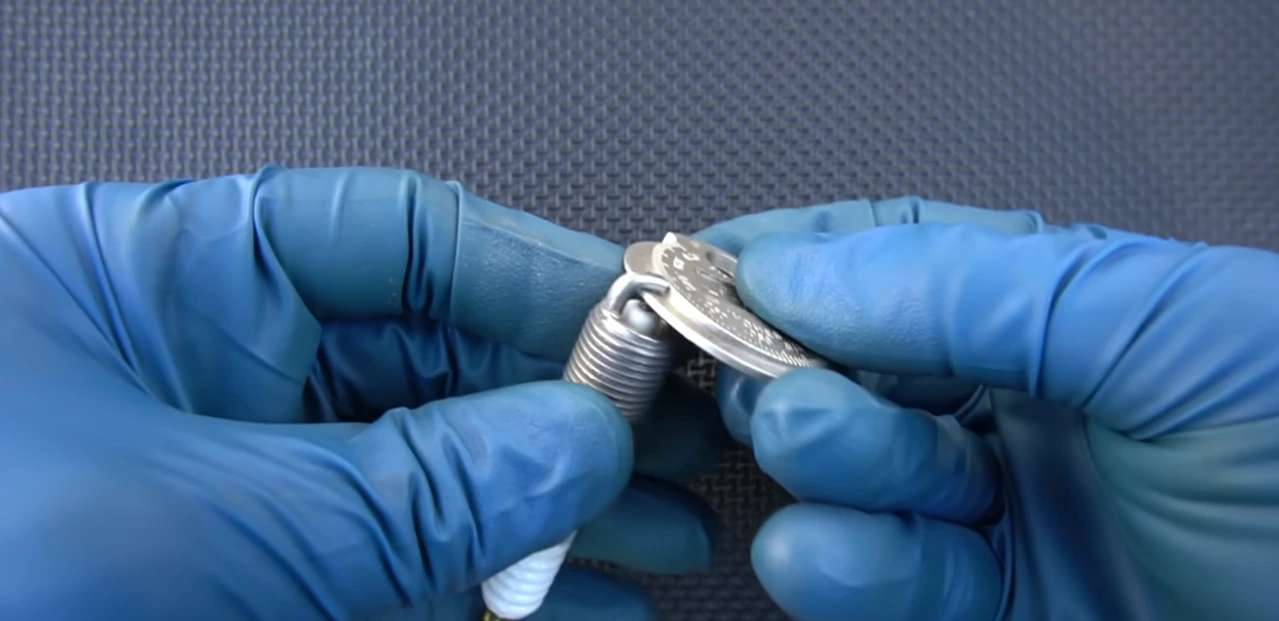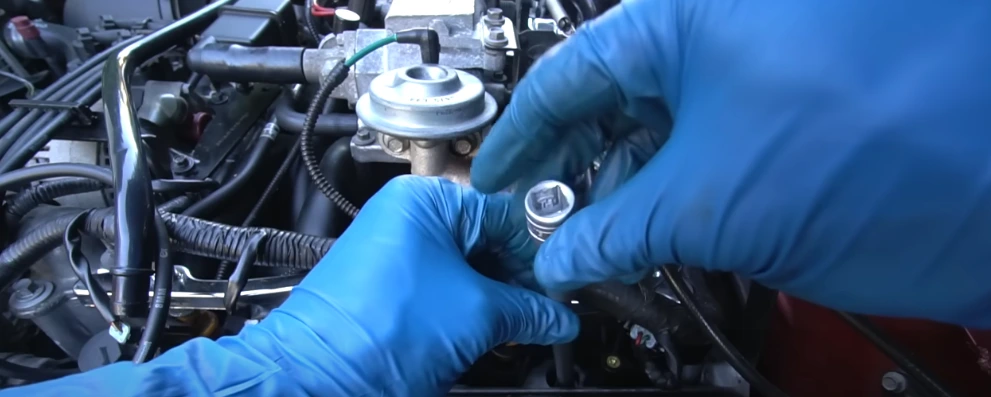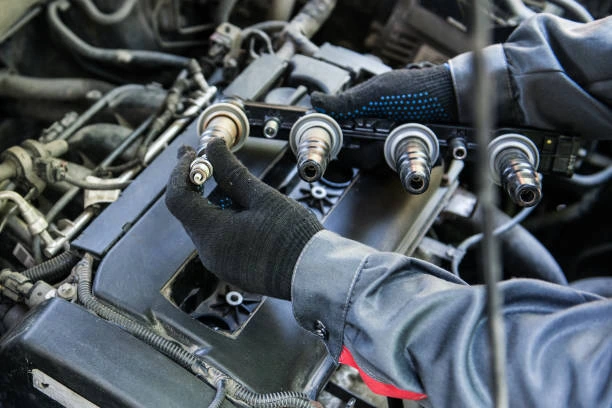Keeping your spark plugs in good condition isn’t just routine maintenance, it’s essential for performance and fuel efficiency. Worn or faulty plugs can cause misfires, hard starts, reduced mileage, and even costly engine damage if ignored. By replacing them at the right intervals, you keep your vehicles running smoothly, lower long-term repair costs, and ensure your fleet stays road-ready without unexpected downtime.
🚨An AWS outage is impacting Simply Fleet. We’re monitoring closely.🚨

✨Subscribe before 30th April 2023 and get onboarding & training worth $99 FREE.✨ Sign Up Now


.png)








.png)


.png)






%20(1)%20(1).webp)





